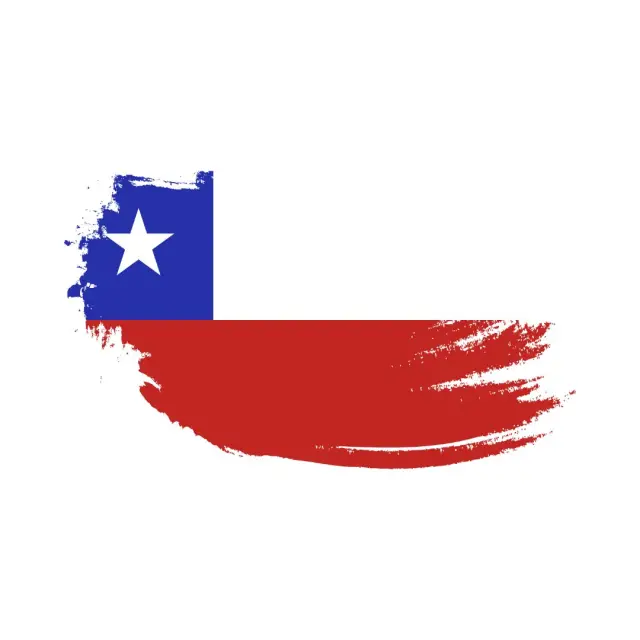The Chilean War of Independence was a military conflict that took place between 1810 and 1826, pitting Chilean patriotic forces against royalist troops loyal to the Spanish Crown. This process was part of the Spanish-American wars of independence and marked the definitive separation of Chile from Spanish rule.
The Napoleonic invasion of Spain in 1808 and the abdication of Ferdinand VII triggered a crisis of legitimacy in the Spanish monarchy. In response, independence movements arose in various American colonies. In Chile, the news sparked a debate about loyalty to the king and the possibility of self-government, which led to the formation of the First Government Junta on September 18, 1810. Although loyalty to Ferdinand VII was initially proclaimed, the process soon evolved towards independence.
The Old Country (1810-1814)
The Patria Vieja period was characterized by political and military reforms promoted by figures such as José Miguel Carrera and Bernardo O´Higgins . During this period, measures such as the creation of an army, the founding of the pro-independence press and the drafting of a constitutional regulation were implemented.
However, royalist resistance led by Governor Antonio Pareja led to armed conflict. Patriot victories in battles such as Yerbas Buenas and San Carlos allowed them to maintain control, but internal divisions between O'Higgins and Carrera weakened the independence cause. In 1814, royalist forces led by Mariano Osorio achieved victory at the Battle of Rancagua , restoring Spanish rule and beginning the Spanish Reconquista .
The Reconquista (1814-1817)
Following the defeat at Rancagua, many patriots fled to Argentina, where they began planning the recovery of Chile. Meanwhile, a repressive regime headed by Governor Casimiro Marcó del Pont was established in the country. Supporters of independence were persecuted and strict censorship was imposed.
In Argentina, José de San Martín , governor of the province of Cuyo, designed a plan to liberate Chile and then advance towards Peru. With the support of Chilean exiles and Argentine troops, he organized the Army of the Andes , which in January 1817 crossed the mountain range to confront the royalists.
The New Homeland (1817-1823)
On February 12, 1817, patriotic forces won a decisive victory at the Battle of Chacabuco , allowing O'Higgins to enter Santiago and be proclaimed Supreme Director. However, royalist resistance continued, and in 1818, the Viceroy of Peru sent an expedition to recapture Chile.
On February 12, 1818, O'Higgins formally proclaimed Chile's independence in Talca. A few days later, royalist troops advanced and surprised the patriots at the surprise attack of Cancha Rayada (March 23, 1818), forcing them to regroup. Finally, on April 5, 1818 , the Battle of Maipú sealed Chile's independence with a decisive victory over the royalists.
The Liberating Expedition of Peru and the Royalist Resistance (1820-1826)
O'Higgins, aiming to eliminate the Spanish presence in South America, organized the Liberating Expedition of Peru in 1820, together with San Martín. The expedition led to Peru's independence in 1821, but also weakened his political position in Chile, leading to his resignation in 1823.
Despite the victory at Maipú, some areas of southern Chile remained under Spanish rule. The war ended in 1826 with the surrender of the last royalist forces at Chiloé , consolidating Chile's independence.
Independence marked the beginning of the Republic of Chile, but also brought challenges such as the organization of the new government and the definition of a stable political system. At the international level, Chile became a key player in the independence of South America, contributing to the emancipation of Peru.
The Chilean War of Independence was a complex process involving internal conflicts, military struggles and the intervention of key figures such as O'Higgins, Carrera and San Martín. Its result was the consolidation of Chile as a sovereign and independent nation.
